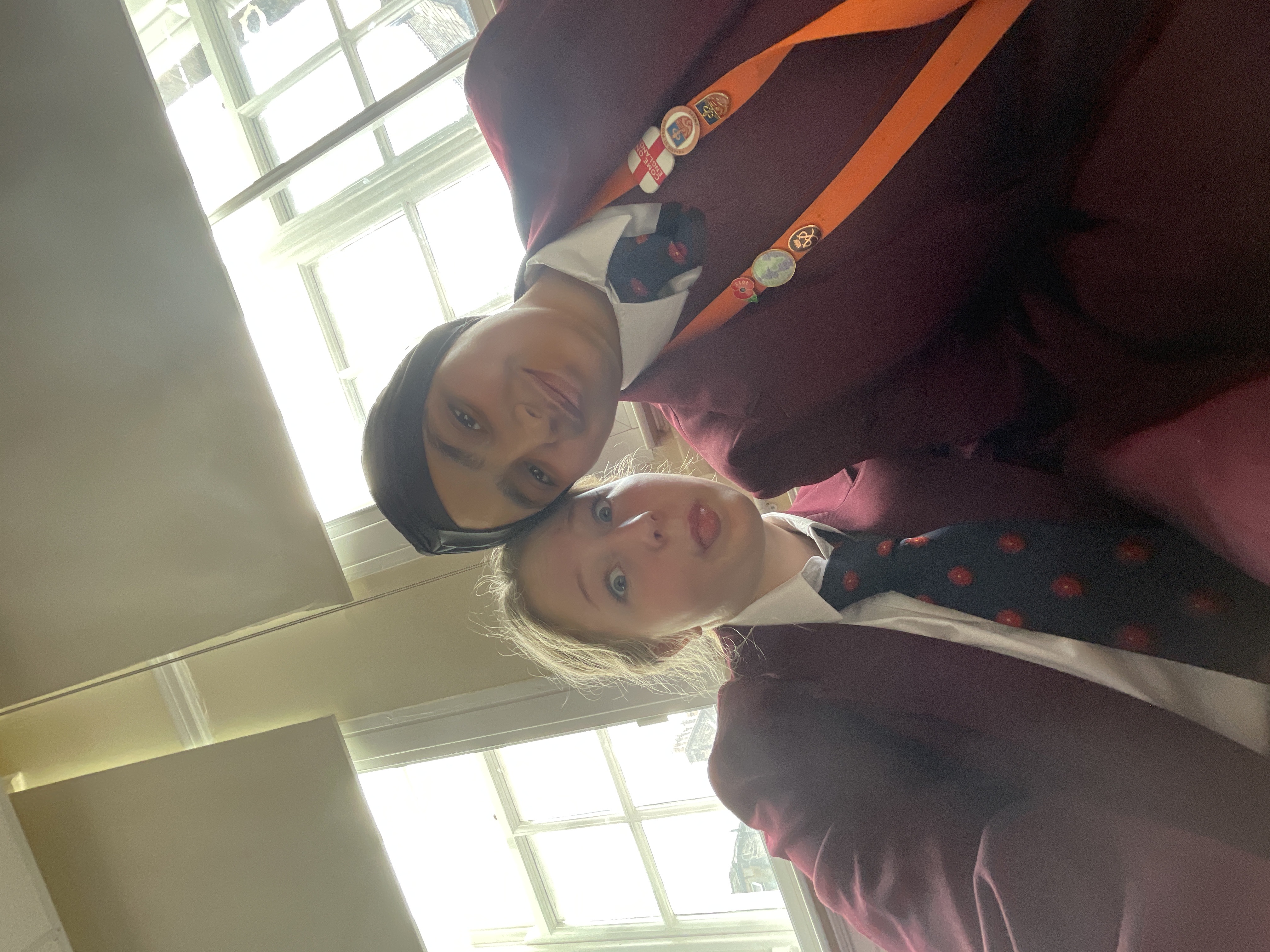topic 6- inheritance, variation, and evolution
Cards (134)
- What is meiosis?
- What is mitosis?
- What does sexual reproduction involve?
- What are the gametes in animals?
- What are the gametes in flowering plants?
- How many chromosomes does a normal cell have?
- How are gametes formed?
- How many chromosomes does each gamete have?
- What happens during fertilization?
- What is the result of sexual reproduction?
- What is asexual reproduction?
- How are cells formed in asexual reproduction?
- What is the outcome of asexual reproduction?
- Name an example of an organism that reproduces asexually.
- What is the process of meiosis in gamete formation?
- What happens to chromosomes during meiosis?
- What is the role of fertilization in reproduction?
- What are the advantages of sexual reproduction?
- What are the advantages of asexual reproduction?
- What is the genetic material in the nucleus of a cell?
- What is the structure of DNA?
- What are chromosomes made of?
- What is a gene?
- What is the genome?
- How has studying the human genome improved our understanding of diseases?
- What is the role of DNA in protein synthesis?
- What is the process of protein synthesis?
- What are the types of proteins produced?
- What is a mutation?
- What are the types of mutations?
- How do mutations affect proteins?
- What is a gamete?
- What is a chromosome?
- What is a gene?
- What are alleles?
- What is a dominant allele?
- What is a recessive allele?
- What is homozygous?
- What is heterozygous?
- What is genotype?
